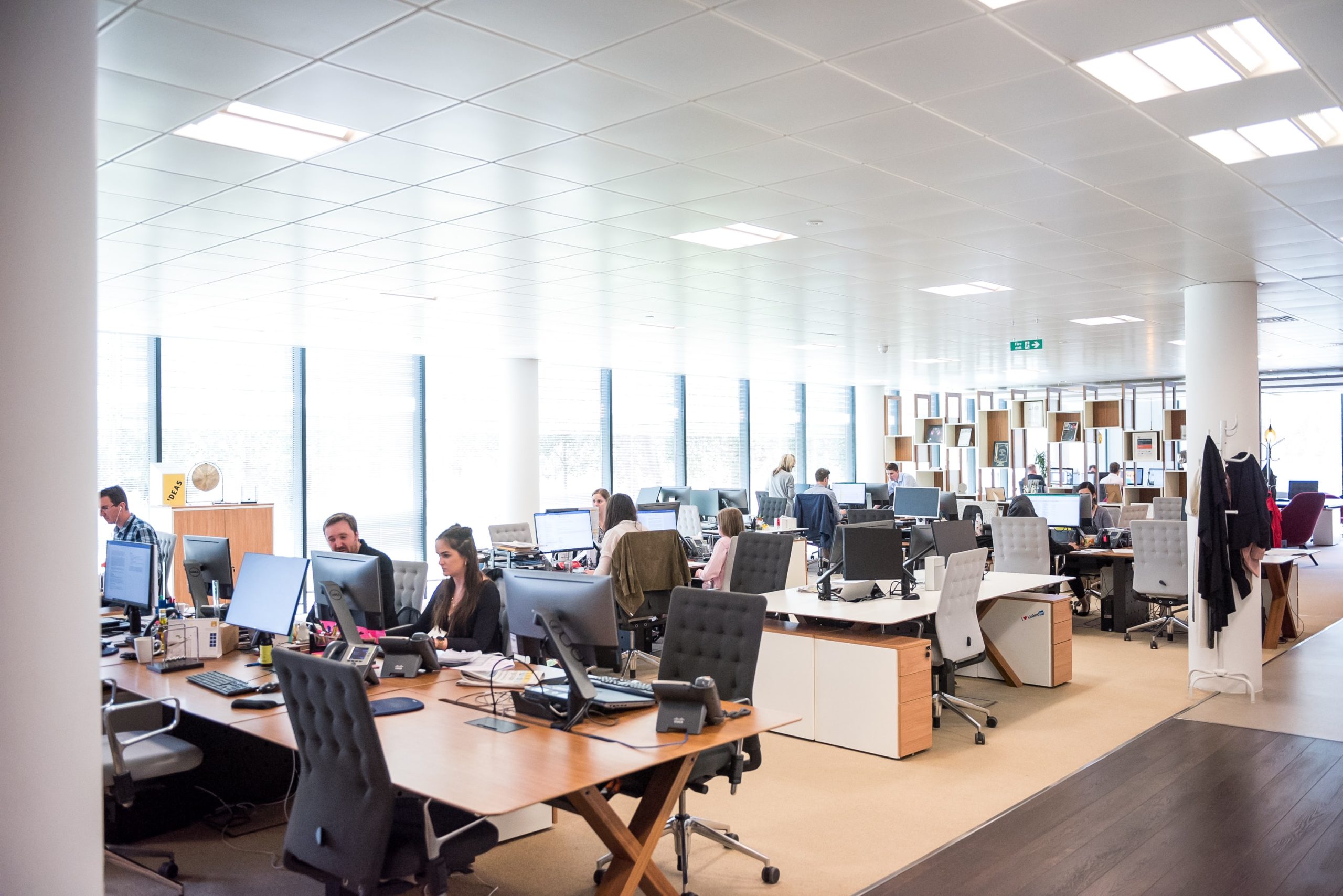
Bethany Roberts, FISM News
[elfsight_social_share_buttons id=”1″]
U.S. office attendance hit a post-pandemic high this month following lockdowns that forced people to work from home which increased remote-work trends. Kastle Systems, a company that tracks security swipes into buildings in 10 major metro areas, found that 47.5 percent of pre-shutdown employees were back in the office from Sept. 8 to Sept. 14.
This is the highest percentage since late March 2020. The company says that the midweek days show the highest office attendance, with Tuesday and Wednesday at about 55 percent of the early 2020 workforce.
Commuter lines are beginning to carry more people again, as well. On Wednesday, the Long Island Rail Road surpassed 200,000 people for the first time since March 2020. Metro-North Railroad also reached a pandemic high on Wednesday with 174,900 riders.
Even Texas, the state that has been consistently leading return-to-office usage data nationally, is seeing a greater rise in attendance. Downtown Houston had a 10% rise after Labor Day. This comes after the state hovered consistently around 50% of pre-COVID numbers for about five months, according to Central Houston Inc. New York City experienced the largest jump of in-person work, though Austin, Texas had the highest office occupancy rate, reaching 60.5 percent.
Most of those who have taken advantage of working from home are young adults. Only 43% of 30-to-40 year olds have been working from home for the majority of September, according to Bank of America’s recent survey.
Most people, older generations included, continue to look for hybrid workplaces where they can split time between an office and remote work. The trend has been increasingly popular as it cuts down on time commuting, gas expenses, and has even shown to increase productivity. However, because COVID infection rates are down, employers are taking a more aggressive approach to bring employees back to the office.
Companies are still pushing for a return to normalcy following the pandemic and subsequent lockdowns. Apple, Comcast, and Peloton are requiring a hybrid work environment for their employees, which has been met with some pushback from those looking to work from home exclusively. “Apple Together”, a group of like-minded Apple employees, posted an online protest about the three-days-a-week-in-office mandate, among other gripes.
Even with some companies demanding more time in the office, data shows that many employers are doing the opposite. Jose Maria Barrero, Nicholas Bloom, and Steven J. Davis of WFH Research say that employers have increased the number of days they will let their employees work remotely.
Though the in-office employee rate is still rising, office vacancy is sitting at 12.4%, the highest level recorded since late 2010 during the depths of the great financial crisis, according to Brandon Svec, national director of U.S. Retail Analytics at CoStar Group.
Office vacancy rates in the United States hit a pandemic-era high of 17.2% in the second quarter of 2021, according to Statista Research & Analysis. An article by The National Desk says, “Just prior to the pandemic in March 2020, national office vacancy was just 9.6%, CoStar Group says.”
“Most companies aren’t in a position to make a 10-year commitment to new office space because they don’t have real confidence in what the future looks like,” said Ryan Masiello, VTS’s chief strategy officer and co-founder.
